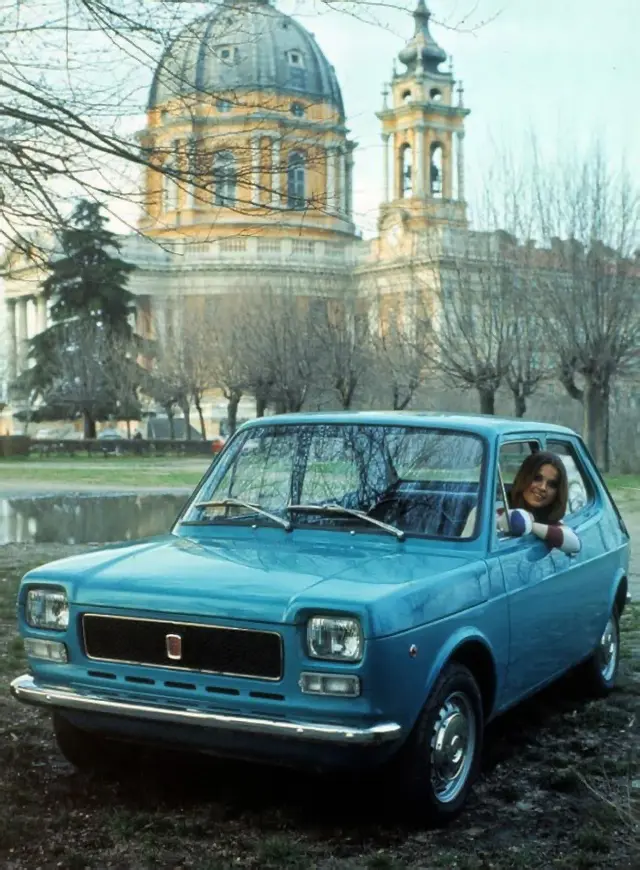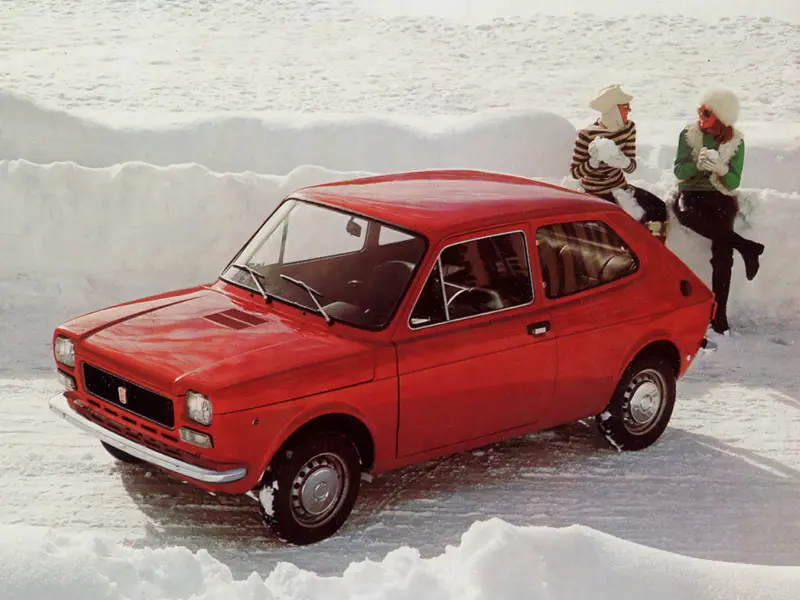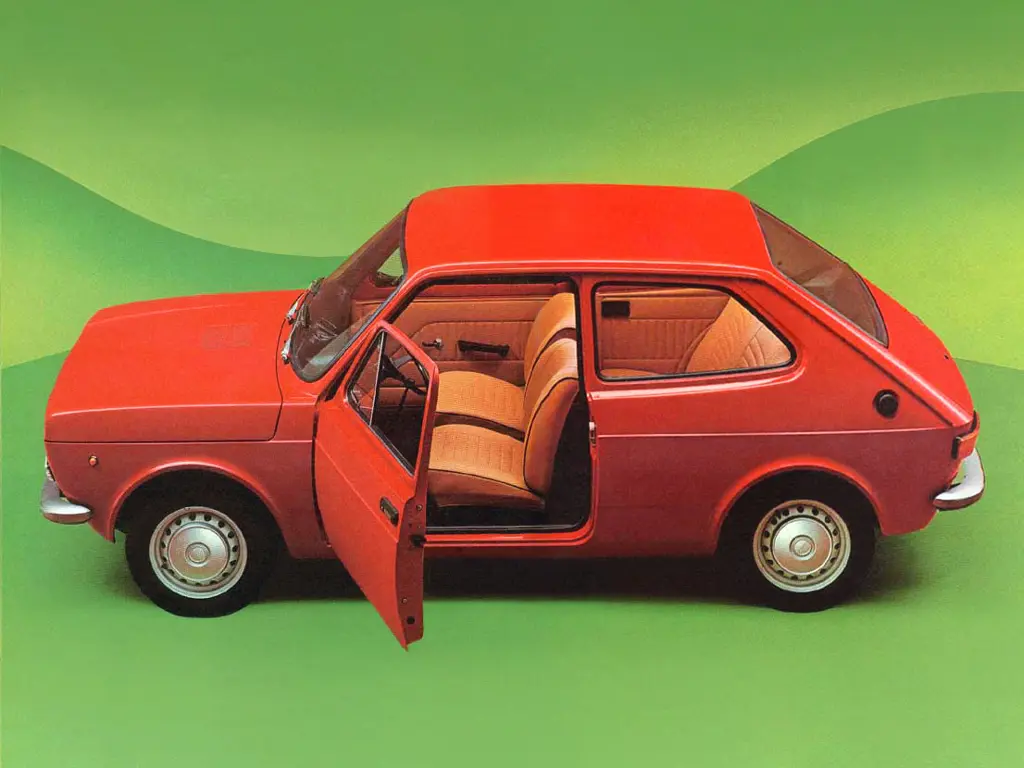THE FIAT 127 AT 50
16 April 2021
To celebrate 50 years of the 127 – 27 facts about this ground-breaking Fiat:
- Fiat used the 1964 – 1970 Primal made by their Autobianchi subsidiary to test the market for FWD cars. The result was the 1969 128, the Car Of The Year (COTY) 1970, and the first front-wheel-drive car to wear Fiat badges.

- Work began on the 127 in 1968. It was intended to succeed the rear-engine 850 saloon eventually.
- Fiat sourced the 127’s steering, brakes and suspension from the 128. Power was from a transversely-mounted 903cc engine.
- The 127 was not the first supermini from the Fiat Empire; that honour goes to the Autobianchi A112, which debuted in November 1969.
- April 1971 saw the launch of the 127. The great stunt driver Rémy Julienne starred in a memorable advertising campaign.
- Tragically, the designer Pio Manzù did not see his creation’s success; he died in a car accident on 26th May 1969.
- The 127 was declared COTY 1972.
- That same year, the Renault 15/17 came second and the R107-Series Mercedes-Benz 350SL third.
- Motor Sport described the 127 as a ‘rather remarkable and very acceptable little car’.
- Manzoni’s “two-box” styling did not initially include a hatchback; Fiat would not introduce a three-door 127 until March 1972.

- Sales passed the million mark in November 1974; by contrast, the Fiat 600 took seven years to reach this milestone.
- 1975 saw the debut of the top of the range Special.
- SEAT commenced building a version of the 127 in 1972.
They also created the four-door 147, which Fiat sold, but did not build in Italy.
- Fiat introduced the Series 2 in May 1977. There was a new grille, rear lights, tailgate and cabin, plus the option of a 1,049cc SOHC unit.
- June 1978 saw the arrival of the very desirable Sport with a twin-choke Weber carburettor, a higher compression ratio and a ‘newly-designed camshaft’.
- Colour finishes for the Sport ranged from black with orange stripes to silver with black stripes and orange with black stripes.
- One British advertising campaign for the Series 2 featured Trevor “Are You Being Served” Bannister.
Another UK advert stated the 127 came with ‘enough petrol to get you to Italy’.
- One of the most memorable Series 2 features was the detachable shoulder-bag on the driver’s door.
- The 127 Mk. III made its bow in January 1982 and came with a new fascia, grille headlamps and a longer bonnet. The GT, the heir to the Sport, boasted 1,301 cc power and, for the first time, the 127 was now available with five-speed transmission.

- Car magazine thought the GT ‘if you want a lot of fun from a practical and civilised hot hatch at minimal cost, the Fiat 1300 GT is your car’.
- The Uno succeeded the 127 in January 1983, and UK sales ended in June of that year.
- After the end of the Fiat licensing agreement in 1981, SEAT introduced a face-lifted 127 badged as the Fura.
Production continued until 1986.
- In Brazil, the “Fiat 147” ran between 1976 and 1987.
- Argentina, Chile, Columbia, Uruguay and Venezuela also made the 147.
- Argentina was producing a version of the 127 known as the “Vivace” until as recently 1996.
- Other overseas versions of the 127 included the Egyptian “El Nasr Super Fura” and, from Warsaw, the “Polski Fiat 127p”.
Why choose Lancaster Insurance?
Here at Lancaster, we love classic cars as much as you do and we understand what it takes to protect them for future generations.
We have links with some of the top classic car clubs around the country and some of our policies even offer discounts of up to 25% for club members.
Other benefits of classic car insurance through Lancaster can include:
- Historic rally cover
- Static show cover
- Limited mileage discounts
- Choice of repairer
- 24-hour claims helpline
Give your classic the protection it deserves and get a quote for your Fiat today.
